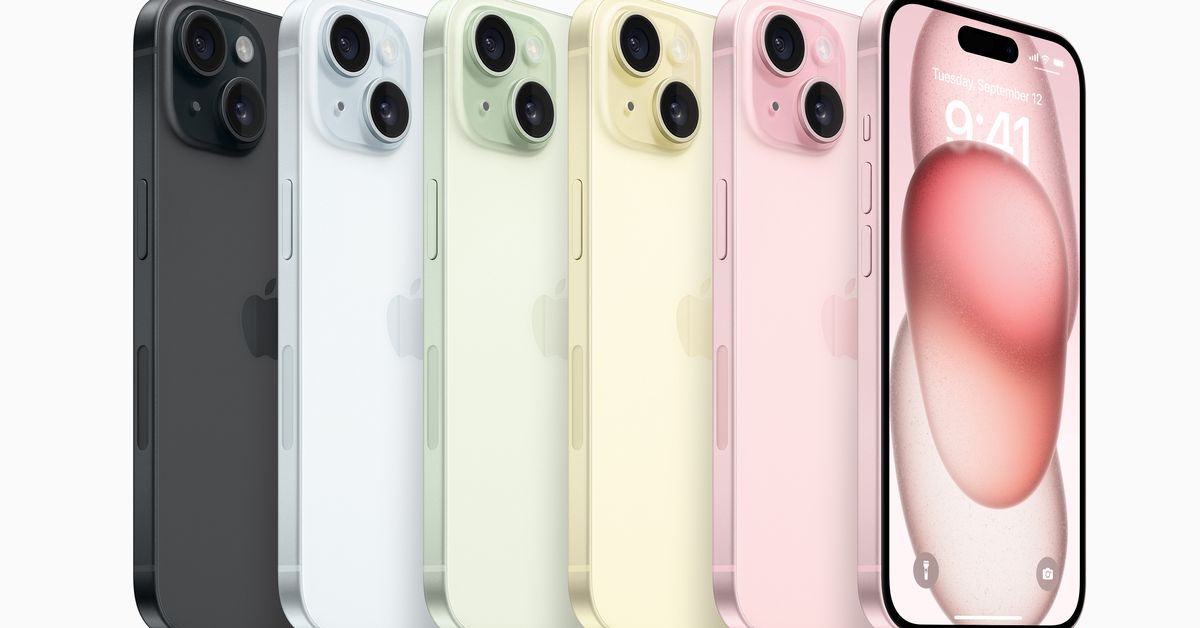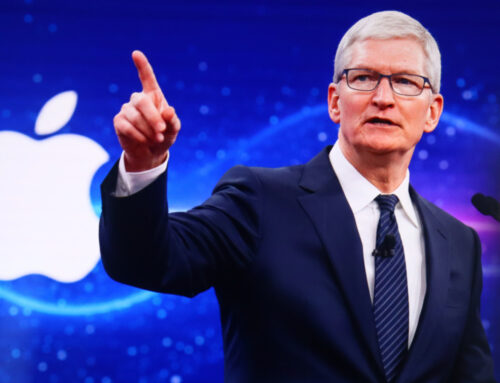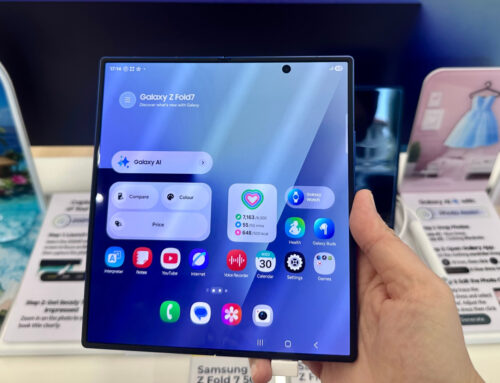Apple officially announced the new iPhone 15 at its Wonderlust event earlier this week, which is now up for preorder and expected to ship on September 22nd. Much like last year, there’s a baseline iPhone 15, a larger iPhone 15 Plus, and a pair of Pro models known as the iPhone 15 Pro and iPhone 15 Pro Max. But while the expected processor bump to a new A17 Pro chip is here for the 15 Pro and 15 Pro Max (the standard 15 and 15 Plus get last year’s A16 Bionic), what’s vastly different this time around is the presence of a USB-C charging / data port and the inclusion of Dynamic Island on all new models.
While we still have to see how all these new iPhones shape up in our upcoming reviews, early adopters now have a chance to put in their preorders. Below is a breakdown of the various iPhone 15 models and links to Apple’s pricing and configuration details as well as other retailers taking preorders.
Where to buy the iPhone 15 and iPhone 15 Plus
The standard iPhone 15 starts at $799 in a variety of colors with 128GB of storage, and preorders are currently live at the Apple Store, Best Buy, and Target. Stepping up to 256GB of storage adds $100 to the cost while opting for the maximum 512GB configuration will set you back $1,099. Whichever one you choose, it is set to arrive on September 22nd.
iPhone 15
$799
The base model of Apple’s iPhone 15 features an A16 chip, a 6.1-inch screen, a USB-C port, and a 48-megapixel main camera, with storage configurations starting at 128GB.
For those who prefer their phone to be more surfboard-like when it comes to screen real estate, the iPhone 15 Plus starts at $899 with 128GB of storage and is now available for preorder from Apple, Best Buy, and Target. The Plus-size model already has a $100 premium over the standard iPhone 15, with its 256GB and 512GB configurations costing a higher $999 and $1,199, respectively. Unlike last year, however, the iPhone 15 Plus is arriving at the same time as its counterparts. (The 14 Plus was behind schedule by a couple of weeks in 2022.)
iPhone 15 Plus
$899
Apple’s iPhone 15 Plus is the jumbo-size version of the standard iPhone 15, equipped with a larger 6.7-inch screen and bigger battery. Otherwise, it’s pretty much the same as the base model and likewise starts at 128GB of storage.
Where to buy the iPhone 15 Pro and iPhone 15 Pro Max
The main flagship of the iPhone 15 lineup, the titanium-built iPhone 15 Pro, starts at $999 and comes in a less vibrant assortment of colors, which you can now preorder from Apple, Best Buy, and Target. Despite being a “Pro” model, it only starts with 128GB of storage, but you can get a 256GB model for $1,099, a 512GB model for $1,299, or a 1TB loadout for $1,499. That said, it’s got a slew of new features, including a faster 10Gbps USB-C port, a lighter build, thinner bezels, an Action Button, and even some small updates like Wi-Fi 6E and a Thread radio.
iPhone 15 Pro
$999
Apple’s iPhone 15 Pro has a lighter titanium build, a USB-C port with faster 3.0 speeds, improved cameras, a customizable Action Button in place of the old ring / mute switch, and thinner bezels around its 6.1-inch display.
For the iPhone with the most, well, everything, the iPhone 15 Pro Max costs you a pricier $1,199 direct from Apple, Best Buy, and Target — where preorders are also now open. The Pro Max still starts with a larger 256GB of storage, but you can pay extra when you buy one to get as much as 1TB for $1,599. That’s a pretty hefty price to pay for a phone that doesn’t do anything extra fancy (like fold), but at least the new titanium construction means it will be slightly lighter than Apple’s previous slabs.
iPhone 15 Pro Max
$1199
The Pro Max is the largest and highest end of Apple’s iPhone 15 options. It matches the iPhone 15 in most specs and features but has a 6.7-inch screen, a bigger battery, and some higher camera specs. It also starts with 256GB of storage, twice the amount of the base 15 Pro.
Carrier promotions and deals
As usual, the only “deals” you can really get when getting a new iPhone model at launch are through the big cell carriers. They’re typically based on trading in older phones and / or offering you “free” phones or discounts in the form of installment plans with bill credits paid back to you monthly over the course of a couple of years. And of course, if you leave for a different provider, you’ll be on the hook for the remainder of the phone’s unpaid value. If that’s okay with you, here are the options on offer from the big three in the US:
Verizon: New Verizon customers switching from another carrier, or existing subscribers who add a new line, on the Unlimited Ultimate plan may qualify for up to $1,000 off a new iPhone 15, 15 Plus, 15 Pro, or 15 Pro Max when trading in an old one. Choosing a less expensive plan like Unlimited Plus or Unlimited Welcome means a lesser credit of $830 and $415, respectively. Additionally, existing Verizon customers just looking to upgrade can get up to $830 off an iPhone 15 model with qualifying trade-ins on select Unlimited plans.
AT&T: New and existing AT&T subscribers can get the iPhone 15 for free or the iPhone 15 Pro for $1,000 off (over three years of monthly bill credits) when they trade in an eligible device. Additionally, if subscribers buy a cellular-connected Apple Watch Series 9 or Ultra 2, they can get a second one for $300 off.
T-Mobile: T-Mobile customers on Go5G or Go5G Next plans can get up to $1,000 off any iPhone 15 model when trading in an eligible device. Magenta Max subscribers can get up to $650 off the iPhone 15, 15 Plus, 15 Pro, or 15 Pro Max and various T-Mobile plans offer $700 off a second iPhone 15 when adding a line. T-Mobile is also mirroring AT&T’s deal on the Apple Watch, taking $300 off if you buy two and add a new watch line. It takes two years to get all this money back from T-Mobile, with the amount saved spread out over that span in monthly bill credits.
Update September 13th, 12:37PM ET: Added carrier promotions and links to Best Buy.
Update September 15th, 8:06AM ET: Added more retailer links, carrier details, and updated wording to reflect that preorders are now live.







